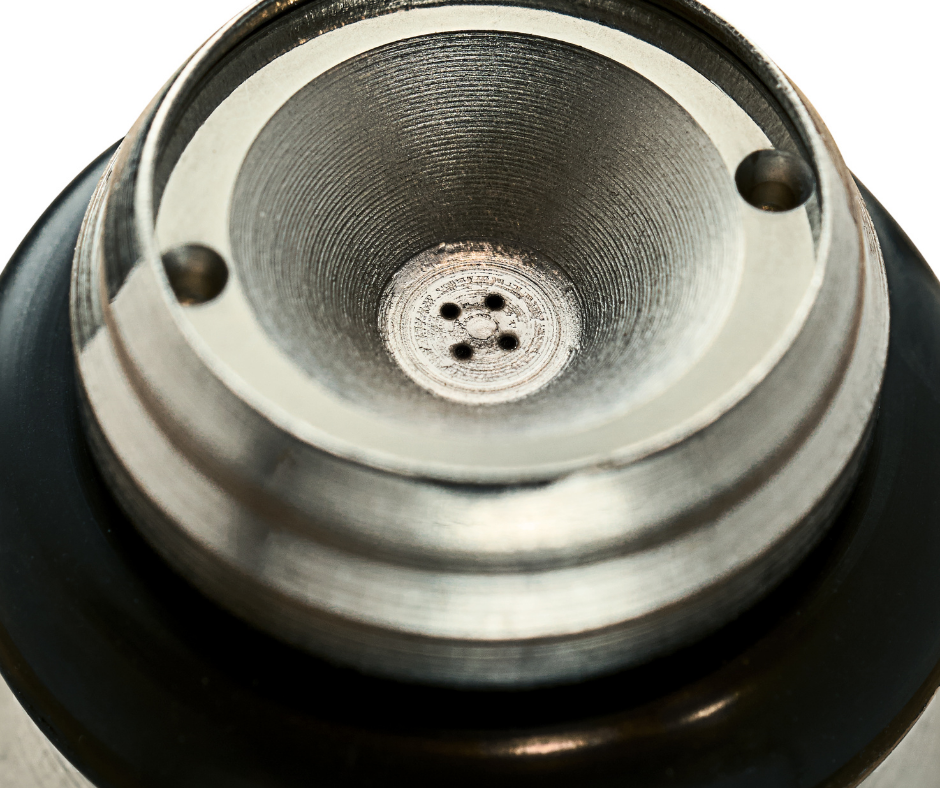Today’s Automotive Engines
Gasoline direct injection (DI) engines are done lurking in the shadows of internal combustion engine development! Over the last few years, more than half of the U.S. fleet had direct-injection engines. And according to the EPA’s 2019 Automotive Trends Report, 98% of gasoline engines in new cars will have direct injection by 2025!
Market research also shows that the Gasoline Direct Injection Market is anticipated to grow in 2022 and beyond, with the growing trade of ICT (Information and Communications Technology) goods and services worldwide.
But how do they work differently, and is “different” good?
Port Fuel Injection Vs. DI
As you know, all combustion engines generate power from fuel and combustion in order to move the pistons of your vehicle. And all gasoline engines need four things to make power: air, fuel, compression, and spark.
Ok, now moving on…
Most gas engines use port fuel injection, where fuel is injected prior to the valve and cylinder, where the combustion happens.
- First, the system sprays fuel into the air coming into the engine.
- From there, the spark plugs ignite the pressurized slurry of air and fuel.
- Finally, this pushes the cylinder head down and spins the crankshaft.

When it comes to direct injection, however, the slurry of fuel is placed directly into the combustion chamber, (instead of having the fuel mixed in with the air prior to the valve).
For some vehicles made in the 1900s, older fuel injection systems are mechanically initiated in. But most injection systems are electronically controlled through an engine’s ECU (Electronic Control Unit). Closed loop systems, for instance, use an Oxygen Sensor to relay information to an ECU — which controls the actual mix of air to fuel for better air/fuel makeup.
While both port fuel injection and DI are implemented with electronic fuel injectors and an engine computer telling the injectors when to open and close to allow pressurized fuel to pass into the engine, port fuel injection is considered less precise, since it simply sprays fuel into the intake port.
→ Please note that a bad MAF sensor doesn’t always allow for the correct fuel injection calculation, so cleaning your MAF sensor is a key maintenance task!
In comparison, precise DI fuel applications accurately predict the moment when fuel enters the combustion chamber. And by injecting gasoline at high pressure directly into the engine’s combustion chamber, it measures fuel better than conventional systems or old-time carburetors, improving your overall fuel usage!
Using DI with other Technologies
The precision & timing really allows the calibrator to get creative… Gasoline direct injection engines have opened up a plethora of opportunities for engine tuners to make power, reduce emissions, and increase the durability of the engines.
Combining the system with other technologies — such as turbochargers or superchargers — can deliver even greater gains in economy and performance. So while soaking in your vehicle’s pleasant street manners and good mileage, you can still hold onto the DI’s possibilities of unruly power levels!
→ Learn more about the difference between turbochargers and superchargers here.
As it happens, carmakers are also able to use smaller displacement engines, resulting in an efficiency snowball effect.
Although Some Say the System is Flawed
This is where we should also mention that the immense capability of DI comes with a staggering amount of complexity.
Green Cars Report said that while the modern gasoline direct-injection technologies are being phased in to help add to fuel-efficiency and reduce carbon-dioxide emissions, they still “produce more black carbon aerosols.”
And alas, even though gasoline direct injection is getting cheaper to engineer, it’s still a touch more expensive than previous methods. This is another reason why we’re not yet finding it on all gas-powered vehicles.
Finally, there have been complaints to National Highway Traffic Safety Administration (NHTSA) that over time DI can lead to clogged fuel systems and engine carbon buildup. The result can be engine hesitation and a loss of power— as well as the need for expensive repairs.
Here are a handful of recommendations if you’ve experienced these same issues:
- 1. Add a fuel-system cleaner with H.E.S.T. (periodically) when you refuel.
- 2. Make sure you change your oil regularly. For the exact maintenance and oil change schedule for your particular direct injection vehicle, check your manual.
- 3. Follow the path of the fuel — from the tank to the engine and air intake — for a complete fuel system cleaning. This includes a fuel injector cleaning!
- 4. Additionally, it’s a good idea to replace your spark plugs at the factory-recommended times.
→ Also check out our 5 essential products for keeping your engine clean!
So What do you Think?
Are you getting the most out of your engine with direct injection? Are there still drawbacks that you’re seeing?
